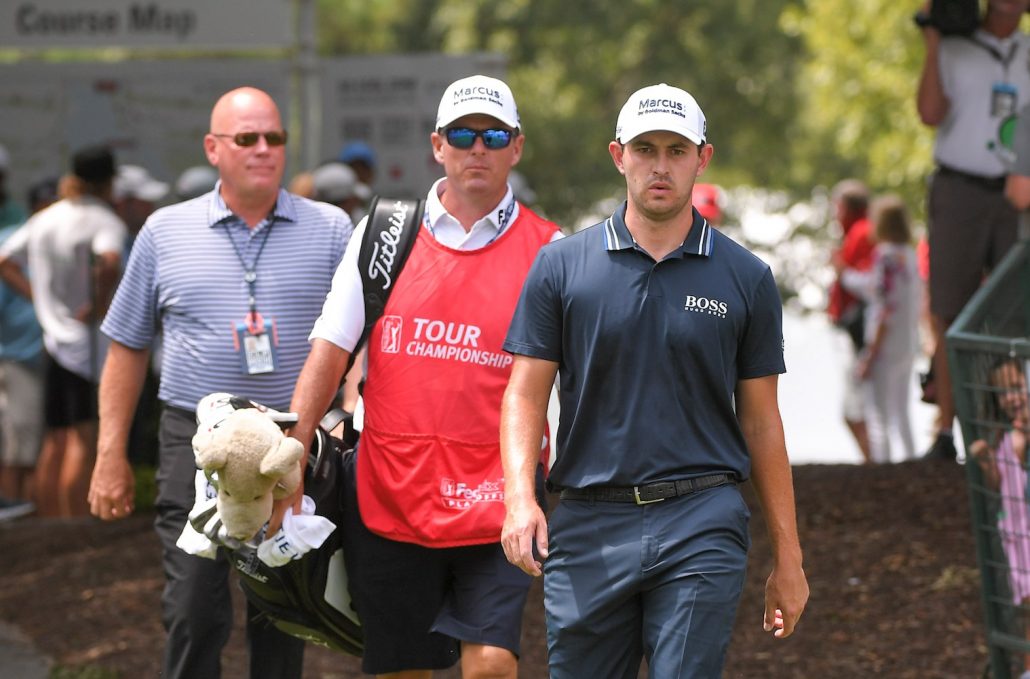Many moons ago, shortly before Ernie Els was about to turn professional, I asked the editor of the Pretoria News if I could go into the storeroom and take a cap for the 19-year-old to wear as it would be ‘good publicity’ for the newspaper’s brand.
The reply was a colourfully phrased ‘no’. Apparently, caps were for sissies.
Ernie turned pro in 1989 and didn’t wear a cap when he played. After all, he hadn’t worn one all through his glittering amateur career, when he often came up against fellow future Major champion Retief Goosen, who also didn’t wear any headgear.
Even at his first Major, the 1989 Open Championship, Ernie was capless as the talk was about the ‘blond big-hitter from Johannesburg’.
When you think about it, the previous giants who walked the fairways didn’t wear caps. The great Arnold Palmer didn’t wear one, when Jack Nicklaus won his 18th and final Major at the 1986 Masters he had no cap. Nick Faldo won The Open in 1992 without a cap, Nick Price did the same in 1994, as did Jose Maria Olazabal at the 1994 Masters, while 1991 PGA Championship winner John Daly was similarly uncluttered on top.
However, by the time Els won his first Major, the 1994 US Open, he was wearing a Lynx cap, which remained firmly planted on his blond locks until the contract with the equipment brand ended in 1997. By then players and their management were beginning to realise how much money could be earned by that strip of real estate across the front of the golfer’s cap.
It is now routinely documented that today’s top men’s professionals earn up to $500 000 to wear a cap bearing the name of their equipment sponsors. Yet, the question is: if the top players weren’t sponsored to the tune of around R7.5-million a year to wear a cap, would they do so?
When it comes to your local fourballs, how many times do you find yourself playing with partners who aren’t wearing caps? Even if the years have taught us to slap one on if only to protect us from the sun? What if we had a mild climate, would there still be as many caps? Especially when a cap sets us back around R350 a time.
At the Ryder Cup, Patrick Cantlay played without a cap, while at the Tokyo Olympics Rory McIlroy spent a week in the heat without a cap.
What we have seen is that wearing a cap has become a trend, a part of the fashion accessories, largely because we have seen the top players use them over the past three decades or so. And the reason the pros started with them was because of the money.
It’s all a part of golf’s evolution, but for me a telling aspect in this conversation was the fact that on two big international stages – the Ryder Cup and the Tokyo Olympics – the world’s No 4-ranked player and a former world No 1 now ranked 15th, preferred to go capless, clearly because there was no prize money offered in those weeks.
– This article first appeared in the November 2021 issue of Compleat Golfer magazine. Subscribe here!









